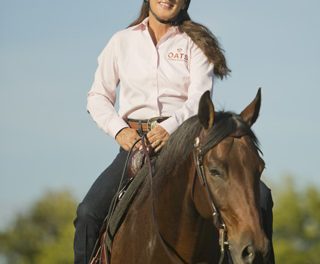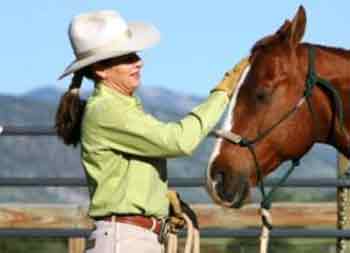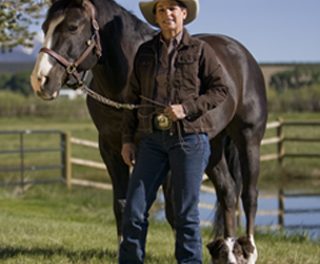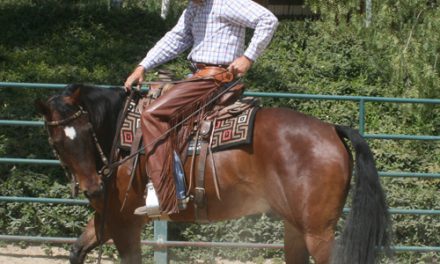When I’m giving lessons, I often find myself blurting out comments about improving a horse’s proprioception. Then it occurs to me that maybe riders don’t know what that funny word actually means. So, let’s take a quick look at this! Not only are we talking about a horse’s balance and coordination, but on a deeper level, it refers to a horse’s ability to improve his own way of going in any moment.
Proprioception is defined as: the unconscious perception of movement and spatial orientation arising from stimuli within the body itself. In a nutshell, it refers to how nerves communicate with the rest of the horse’s limbs and body. Horses that have spent their lives on open terrain and fields have different proprioception than those that have lived primarily in stalls and arenas. This obviously comes into play when we’re riding.
The horse’s nerves and muscle coordination directly determine his athletic ability. Every horse is different; some are naturally more balanced and athletic than others. However, any horse can improve his movement. This is something you should work on in your weekly schooling. Ask yourself if your horse’s coordination and balance seems to be getting better over time. Below is an exercise that is really helpful, super simple, and fun. It’s even effective when done at the walk.
Pick-Up Sticks
Benefits:
This exercise can change and improve a horse’s proprioception, which is the signal from his nerves to move his limbs in certain ways. A better coordinated horse is capable of better balance, alignment, and fitness. When you ride the pattern below, keep a very light – if not completely loose – rein contact. Rather than having your horse in any sort of tight frame, you want his body in a natural posture, just as he would approach obstacles on his own in the pasture.
How do I do this?
1.) Get several (at least 10, more is ideal) ground poles or large diameter PVC pipes, which are lighter and easier to handle.
2.) Toss them into a spread-out pile around a 20-meter area so that some of them are lying across each other and others roll away from the group by themselves.
3.) When you are done, poles should be laying in every direction, some of them on the ground, some of them across the ends of other poles; it should look like a big mess.
4.) Now, mount your horse and find a line from one side of the 20-meter area to the other through those scattered poles.
5.) For safety, walk the line first. Try to maintain a steady (slow is okay) rhythm without pauses or hesitations.
6.) Once at the other side, turn around and find a different way back.
7.) If you are finding success, then try jogging a few steps.
8.) Find as many routes through the pole pile as possible, or make up little patterns.
Note:
The random spacing and heights of the poles once all spread out force the horse to adjust his stride and footfall. Be sure you keep only a loose rein contact and, as much as possible, don’t interfere with him. Point him where you want to go, sit back, and then let him find his way. You are teaching him to balance himself.





